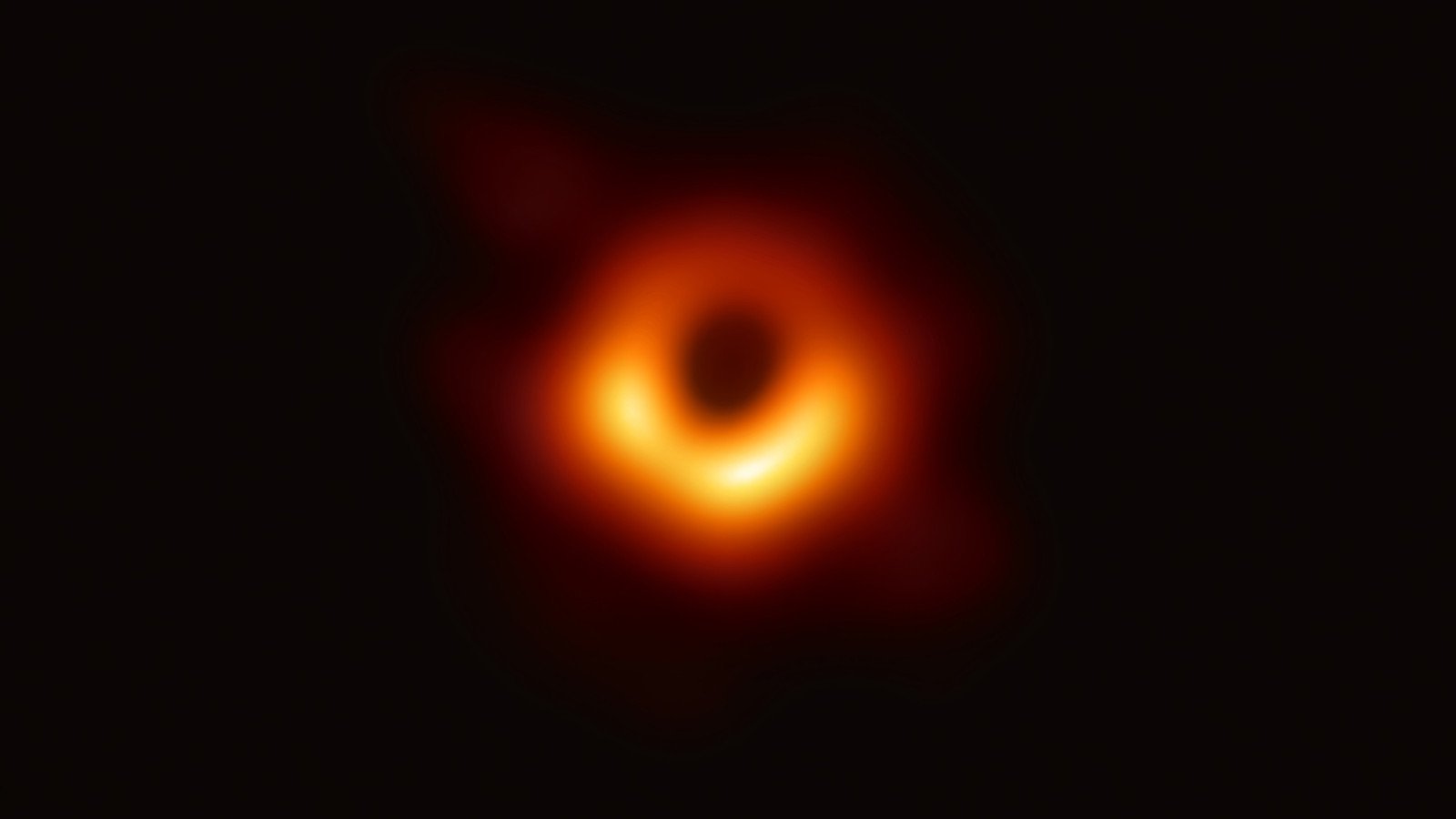
The 29-year-old MIT graduate helped develop a crucial algorithm that helped in capturing this supermassive black hole.
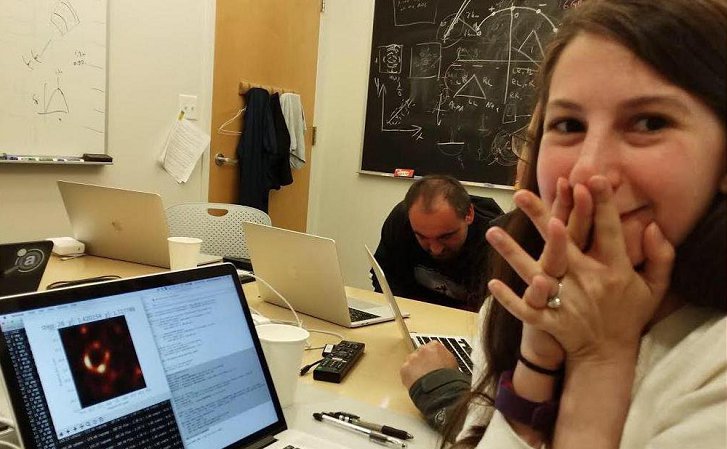
Two years ago, Bouman, then a PhD student from MIT in Computer Science and Artificial Intelligence, gave a TED Talk about how exactly the scientists planned to take the much-anticipated picture and what they would have to do to achieve the same.
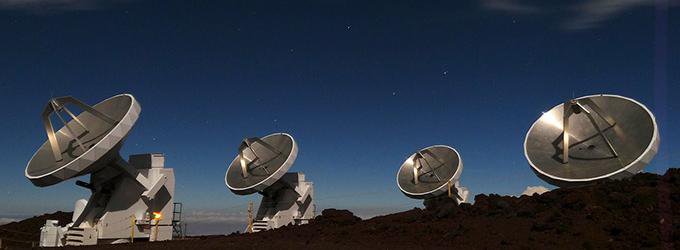
Bouman explains how Einstein had published the theory of relativity some 100 years ago, predicting black holes, but these astronomical marvels had never been captured by any telescope.
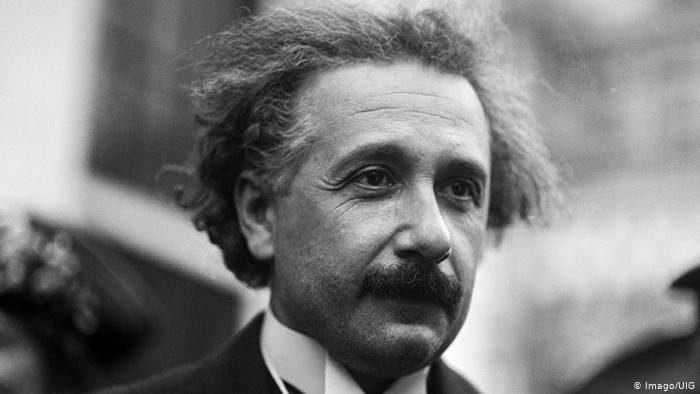
And they couldn’t be. Bouman says that to capture a black hole that far, we would need a telescope the size of Earth.
She explains that black holes can be massive but due to being light years away, it could be like zooming in on the moon to find an orange.
One of the highest resolution pics taken of the moon is of 13,000 pixels and each pixel could hold 1.5 million oranges.
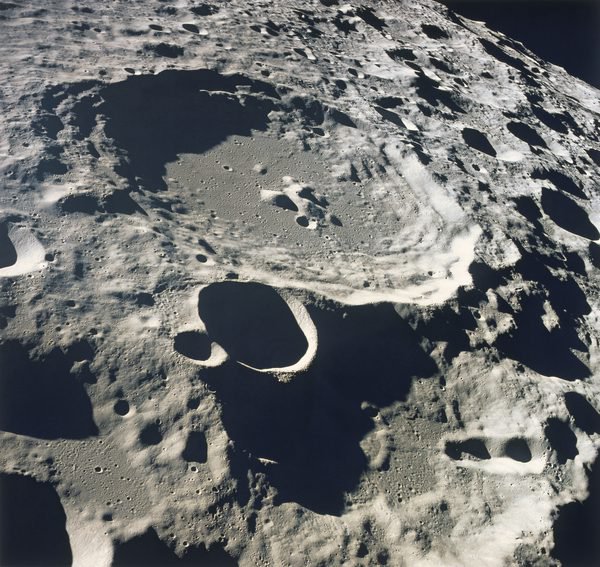
Mind you, this was 2017 when all of these was just ideas being implemented.
The scientists used multiple powerful telescopes through an international collaboration called the Event Horizon Telescope, creating a computational telescope the size of the Earth, capable of resolving structure on the scale of a black hole’s event horizon.
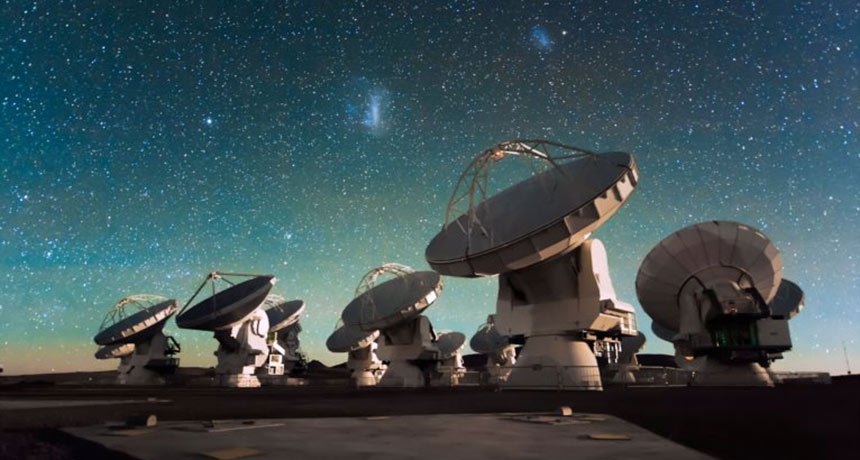
And by linking them through the precise timing of atomic clocks, a team of researchers at each site froze light by collecting thousands of terabytes of data.
Bouman goes on to explain the complicated process of taking a picture of something light years away. And mind you, in the video she’s talking about clicking a picture of the black hole at the centre of the Milky Way.
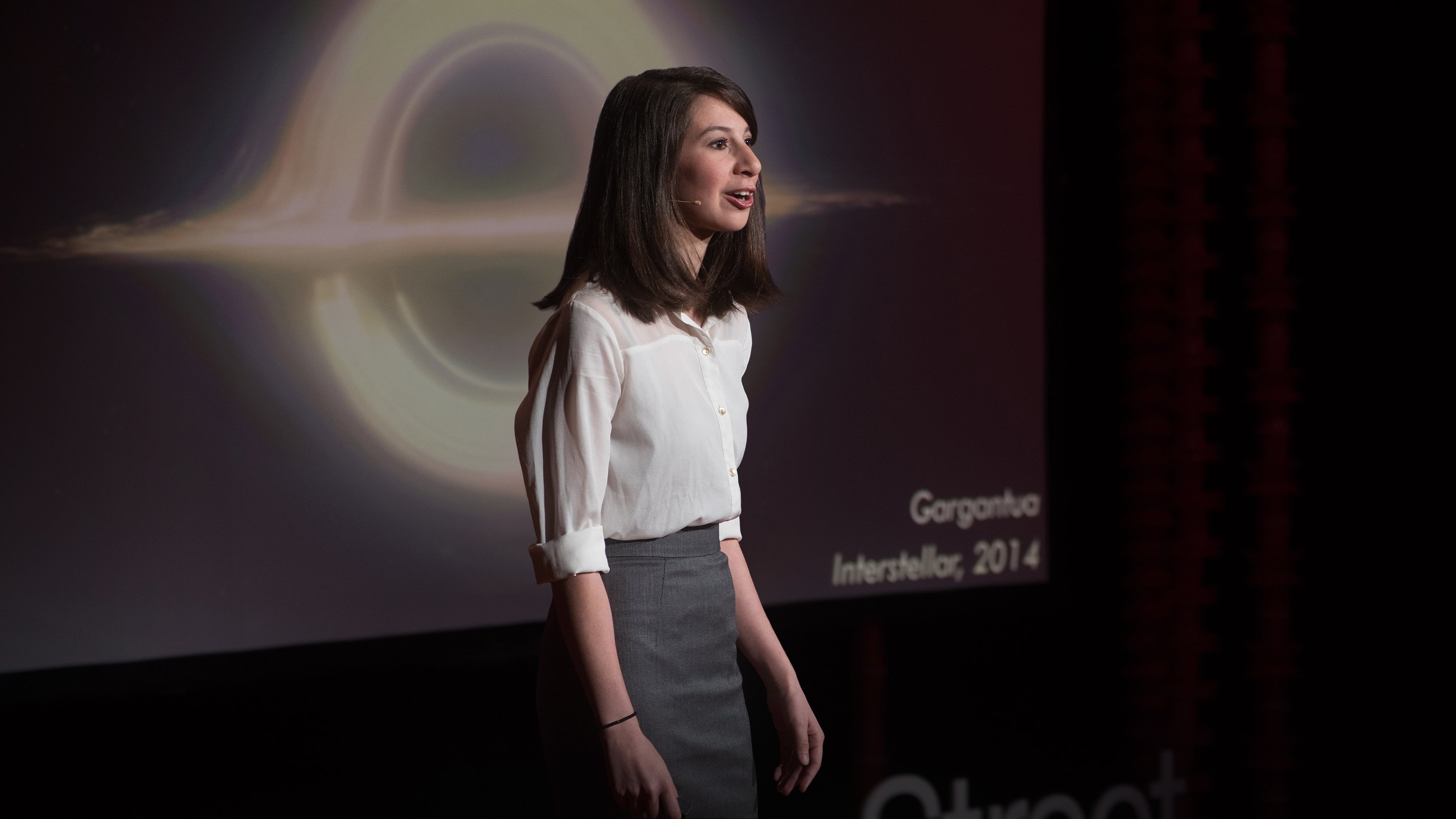
But the black hole they finally clicked was in the Messier 87 galaxy, some 55 million light-years away from Earth.
You can watch the video here:
So anyone who’s complaining about the image being blurry, don’t!

















